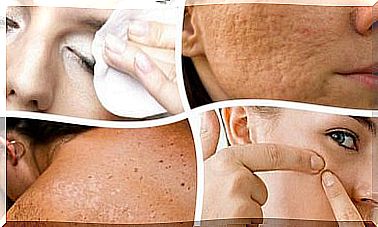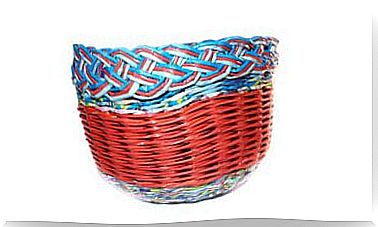How To Help Our Child To Avoid Germs
In case our child has a contagious disease, it is better to stay at home so as not to endanger the rest of the children
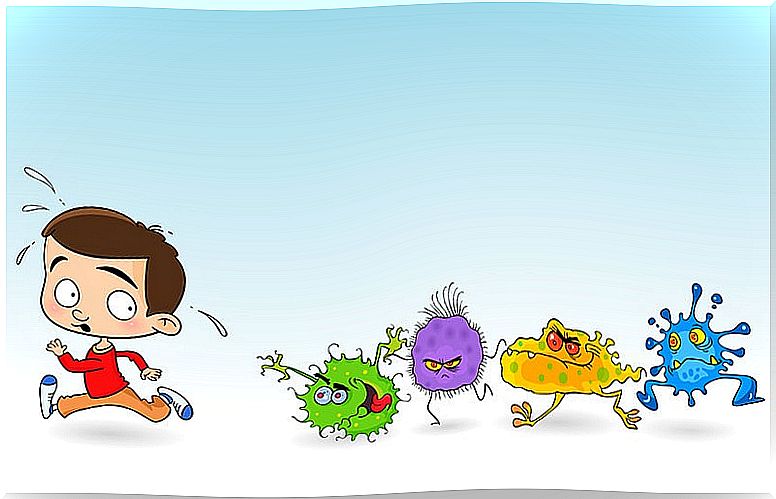
School is the main place where our children can get germs. It is the main focus of epidemics.
All people encounter infectious organisms in the air, soil and water in their daily lives. These are in food and on surfaces everywhere.
The point is, in the case of children, their immune systems still cannot fight most of these pathogens.
These organisms can become a problem and cause an infection. In this case, it should be the doctor who prescribes several medications that help achieve improvement.
Contact with germs
Contact with germs has a positive part for our little ones, since it helps them to develop their immune system, which was immature until that moment.
- Children have a great exposure to all kinds of viruses, some harmless and others more incisive.
- For children from 3 to 6 years old, there are more than 200 different viruses that can affect them in the form of colds, flu, etc.
- The time of greatest risk is autumn, when defenses against these diseases are lower.
How does the immune system work against germs?
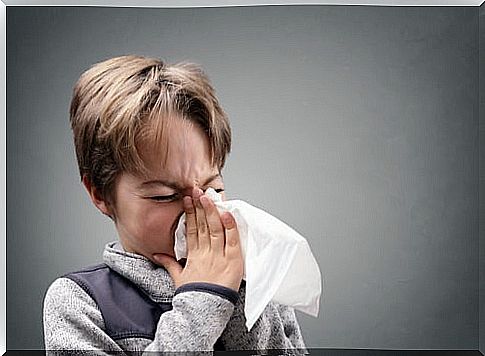
Our immune system is made up of a set of biological processes and structures. These provide a protective function to our body.
- It defends it from viruses, fungi, germs and, therefore, from various diseases.
- The immune system fulfills the function of detecting, attacking and eliminating pathogens.
When we talk about defenses, we are referring to white blood cells. These are the ones who exercise this protective function.
Contagion arrives
It is known that, in any space, children are given to share all kinds of objects. Be it food, snacks, toys, stickers, etc.
Therefore, although in some places the hygienic conditions are carefully controlled, it is not possible to avoid all types of infections.
We can distinguish five ways through which germs and viruses can be transmitted:
- The respiratory tract. Especially through sneezing and coughing. In this way, germs are expelled into the air and can be breathed in by other children.
- Contact with the skin, in the day-to-day of school activities, games, breaks, gym class, etc.
- Fecal and oral contacts. Through food or the elimination of feces.
- Contagion by contact with saliva and urine.
- Contagion through bleeding wounds and bites, through blood.
In which cases is it preferable to leave the child at home to avoid germs?
- If your health has deteriorated a lot and we observe difficulties when breathing, with fever, pain, sleep and drowsiness, etc.
- If we see that the little one is not going to integrate well in class due to his physical condition, classes become a kind of “punishment”.
- In the event that the child has highly contagious diseases susceptible to epidemic. This is the case of diarrhea, measles, conjunctivitis, mumps, chickenpox, etc.
- When the doctor or pediatrician advises it for health reasons.
How to prevent the spread of germs
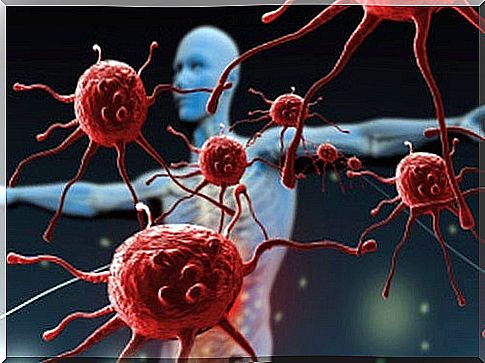
As we have seen, contagion is not 100% controllable, but there are measures that can be carried out:
- Adopt appropriate hygiene habits, such as cutting the child’s nails.
- Teach him to wash his hands well before and after eating and going to the bathroom.
- It is also convenient to clean the child’s clothes and toys.
- Installing air purification systems and ozone-generating devices provides a healthier space in classrooms and at home.
- Proper food handling in the kitchen.
- When your child coughs or sneezes, make sure they use tissues.
- Avoid sharing glasses, table utensils, towels, clothing, accessories or toothbrushes.
- Ventilation of rooms and other enclosed spaces is also an important preventive measure.

